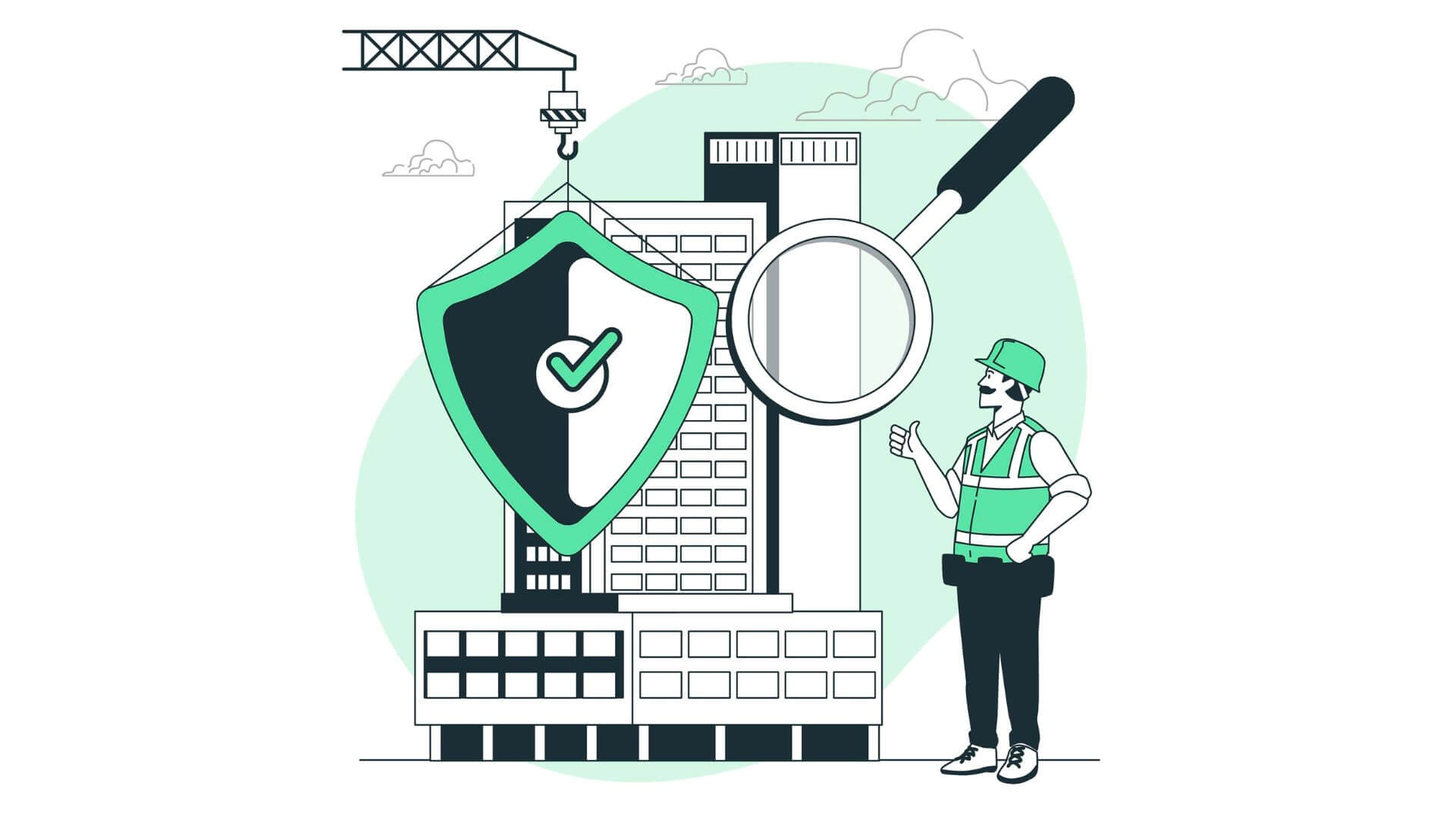Saying that it is really important to have sustainable cities is not something that can surprise us. Everyone knows the need to minimize pollution and energy consumption. Today, there are different types of cities, but work must be done so that in the near future, most of them are sustainable. But the question is why do we need ecological cities?
Cities are very important to the global economy because they help it grow. But they also consume a lot of energy, which can be more than 75%. In addition, they are responsible for between 40 and 50% of the pollution that is warming our planet.
On top of that, cities are more affected by climate change. They have to deal with issues like very hot days, flash floods, a lot of pollution, and dirty ground.
In this article, we will explore what sustainable cities with district heating are and their current and future shape.
Let’s have a look for a better understanding!
Current and future shape of sustainable cities
A sustainable city reduces environmental impacts through its activities and promotes sustainable consumption and production patterns in accordance with its own territorial, geographical, social, economic and cultural conditions. It is a city that is resilient to the impacts of climate change reducing the vulnerabilities of its population.
If you also want to make your place more sustainable, you must look for reputed district heating system providers like Araner.
Here are some things you might find in sustainable cities:
1. Policies regarding consumption and production of energy: Policymakers aim to generate the required amount of energy and ensure its efficient utilization in sustainable cities.
For example, in Munich many things have been done to use more renewable energy. They have used 75% of the energy that comes from sources such as sunlight or wind since 2015.
District heating plays a very important role here. Due to the simultaneous production of heat and electricity in combined heat and power plants, district heating is very energy efficient. By implementing renewable energy sources and utilizing waste heat generated by industry, the environmental benefit of district heating is even more evident.
2. Low emissions of carbon and other pollutants: An eco-city is an urban area designed and developed with a focus on sustainability, aiming to minimize its environmental footprint while maximizing quality of life for its residents. These cities incorporate principles of green infrastructure, energy efficiency, waste reduction, and ecological conservation to create a harmonious balance between human habitation and natural ecosystems.
3. Effective utilization of resources: Strategic approach to managing and deploying available resources in a manner that optimizes efficiency and productivity while minimizing waste and environmental impact.
4. Limit the number of carbon-emitting transportation: Management of sustainable cities tries to reduce the number of cars that cause pollution. They encourage people to use buses, bikes, or other ways of getting around that do not harm the environment. This way, they not only reduce carbon emissions but also bring benefits to their economy.
5. Reduction of waste: These efforts take many shapes such as recycling and composting food scraps,and also involve using items in ways that do not harm the environment
When you look at how cities are doing this today, it is crucial to see how they use technology to help. This is called "smart city" development, and it is a big part of the future eco-city.
Technology helps to use water, buses, and heating and cooling in the best way possible in smart cities.
The most sustainable cities
1. Gothenburg, Sweden
Gothenburg, Sweden, has been named the most eco-friendly place in the 2023 GDS-Index for the seventh time in a row. The city, which is spread over several islands, works hard to protect the environment.
Today, 60% of the city’s residents heat their homes and commercial buildings thanks to district energy, as part of a system that extends for 1,300 kilometers and that provides 70% of energy from non-fossil fuel sources. Gothenburg has also developed a district cooling system using energy from the Göta River. As district energy production grew, the city experienced the following advantages:
- A significant reduction in CO2 emissions, which fell by half from 1973 to 2010. SO2 and NO emissions experienced a sharper drop.
- A halt in their dependence on importing fossil fuels, making energy production cheaper.
- The rest of Sweden has followed suit in implementing district energy systems, so that today the country’s carbon intensity has declined to 95% of CO2 per MWh.
2. Oslo, Norway
The Norwegian capital is widely known as the hub of banking, trade, and shipping in the country. Its population consists of almost 700 000 inhabitants and at the heart of it is a vision for a smart, green, and inclusive city that thrives in all aspects of its social, economic, and environmental structures.
The city uses a lot of renewable energy, such as hydro power, which amounts to around 60% of its total energy consumption. The Norwegian capital’s emissions have reduced significantly since 2013 and are on track to achieving the objective of nearly zero emissions by 2030.
3. Copenhagen, Denmark
Copenhague has made a noteworthy move towards implementing the world’s largest district energy system. This investment now results in 98% of the city’s heat demand being met by district heating. In this case, the main source of energy comes from combined heat and power (CHP) plants and energy waste facilities, Copenhill being a reference and landmark in the multiple possibilities of district energy production.
4. Helsinki, Finland
Helsinki has been focused on accessibility and sustainability for a long time and aims to be carbon neutral by 2035. Significant progress has already been made; in 2017, Helsinki’s emissions were 24% lower than in 1990, even though there were 150,000 more residents.
Although Helsinki’s Sustainable Energy Action Plan focuses on solutions to improve the efficiency of the end-use of energy, an equally important objective is to reduce the CO2 emissions in energy production. Helsinki’s mid-term objective is to increase the share of renewable energy in energy production up to 20%.
5. Bergen, Norway
Bergen has incorporated district heating as part of an ambitious municipal master plan to cut down emissions and move towards a sustainable future. A joint perspective between urban development, energy production and transportation has led to the advancement of a shared project between the city’s district energy network and the construction of a new light-rail corridor.
Bergen’s district energy development will be mainly based on waste incinerators that will be required to utilize 80% of energy in order to replace fossil fuels and achieve a target of 95% renewable energy supply. The city also expects to reduce their greenhouse gas emissions by 14% thanks to the development of this district energy initiative.
Wrapping up
District heating systems offer several sustainability advantages for cities such as reduction of greenhouse gas emissions and utilization of renewable energy resources. This way, it not only mitigates the reliance on fossil fuels while promoting energy efficiency but also contributes to more compact and efficient urban development.





